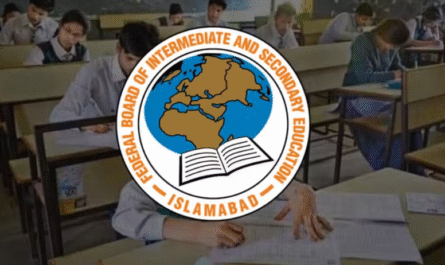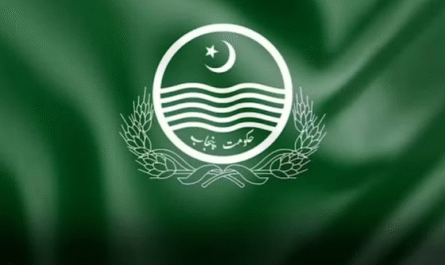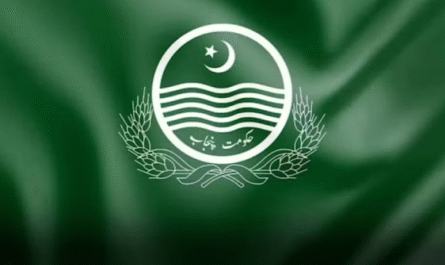On July 16, 2025, the federal government enacted another round of petrol and diesel price increases. Petrol rose ₹ 5.36 to ₹ 272.15 per litre, while high-speed diesel (HSD) climbed ₹ 11.37 to ₹ 284.35 per litre . This marks the third consecutive fortnightly hike—a steep burden for the average Pakistani motorist.
🔺 Why the Prices Keep Going Up
- Global Oil Trend
International crude prices have surged amid geopolitical tensions, prompting a near-permanent upward shift in benchmarks—directly affecting Pakistan’s imports. Fuel adjustments are legally tied to these prices plus the PKR–USD exchange rate . - Fortnightly Review Cycle
The Oil & Gas Regulatory Authority (OGRA) reviews prices every 15 days, factoring global rates and currency strength. The recent hikes follow previous ones of ₹ 8.36 (petrol) and ₹ 10.39 (diesel) on July 1, and ₹ 4.80/₹ 7.95 in mid‑June . - Taxation and Levies
Although GST on petrol and diesel is zero, other charges (PDL, climate levy, customs duty) add nearly ₹ 98 to prices. Retailers and OMCs also collect distribution margins—around ₹ 17 per litre.
📌 Real-World Impact
- Household Budgets: Petrol powers bikes, rickshaws, and small private vehicles used by millions. Each hike shrinks disposable income for lower- and middle-income families.
- Inflation Pressures: Diesel is vital for trucks, tractors, tube wells, and public transport. Its rising price instantly impacts food and goods cost—adding inflationary fire to an already stressed economy .
🔍 Voices from the Ground
Online reactions mirror growing discontent. A Reddit user in June, razor‑predicted current trends saying:
“Rs 233.8 is the highest petrol price in the history of Pakistan… It will reach 270+”
That comment appears prophetic today, marking the steep personal cost of living in Pakistan.
💸 Will This Keep Getting Worse?
- Global Uncertainty: With persistent volatility in global oil markets, more hikes are likely.
- Currency Fluctuations: A weakening PKR forces costlier imports.
- Revenue Strategy: Fuel levies are a key revenue stream—especially crucial as Pakistan navigates IMF commitments.
🚦 What Can Consumers Do?
- Conserve Where Possible: Using public transport, ride-sharing, or planning trips can ease the financial pinch.
- Fuel Efficiency: Regular vehicle maintenance reduces consumption per km.
- Monitor Reviews: Watch for OGRA’s decisions; sometimes, expected hikes are moderated in official notifications.
🧭 Final Take: The Ripple Effect
The petrol price crossing ₹ 270 per litre isn’t just a milestone—it’s a real time financial blow to millions, pushing up the cost of living and testing household resilience. With fiscal pressures mounting on the government, it’s clear that any reprieve will likely require substantial global price drops or policy recalibration.
📅 What to Watch Next
- Mid‑August: OGRA’s next pricing announcement—will the upward trend reverse or continue?
- PKR/USD Trends: A key factor—any depreciation could fuel another spike.
- Global Crude Outlook: Middle East tensions, supply dynamics, stockpiles—any shift here ripples through local prices.
Bottom line: This price surge isn’t accidental or fleeting. It’s the result of global factors, policy-linked pricing cycles, and fiscal dependency. While Pakistan braces for further waves, for many, ₹ 272/litre petrol is already a harsh reality.



